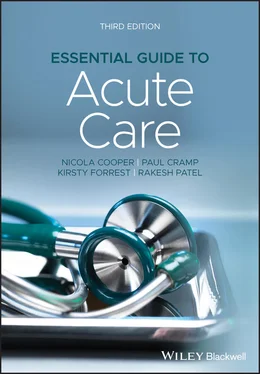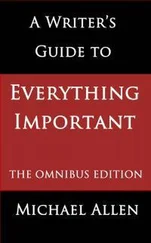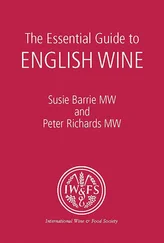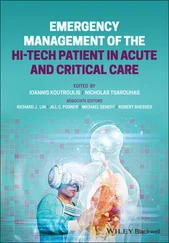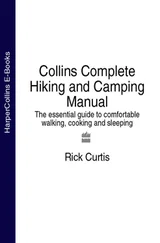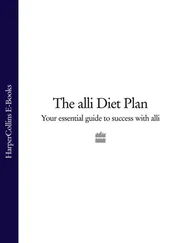Researchers have commented that there appears to be a failure of systems to recognise and effectively intervene when patients in hospital deteriorate. A study by McQuillan et al. looked at 100 consecutive emergency ICU admissions. 5Two external assessors found that only 20 cases were well managed beforehand. The majority (54) received suboptimal care prior to admission to the ICU and there was disagreement over the remaining 26 cases. The patients were of a similar case‐mix and APACHE (acute physiological and chronic health evaluation) scores. In the suboptimal group, ICU admission was considered late in 69% cases and avoidable in up to 41%. The main causes of suboptimal care were considered to be failure of organisation, lack of knowledge, failure to appreciate the clinical urgency, lack of supervision, and failure to seek advice. Suboptimal care (failure to adequately manage the airway, oxygen therapy, breathing, and circulation) was equally likely on a surgical or medical ward and contributed to the subsequent mortality of one‐third of patients. The authors wrote: ‘This…suggests a fundamental problem of failure to appreciate that airway, breathing and circulation are the prerequisites of life and that their dysfunction are the common denominators of death’. Another study of adult general ward patients admitted to the ICU or dying unexpectedly found that both ICU and hospital mortality was significantly increased in patients who had received suboptimal care beforehand (52% vs 35% and 65% vs 42%, respectively). 6Similar findings have been reported in other studies.
Although things may have improved, these problems have not gone away. The UK National Confidential Enquiry into Patient Outcome and Death (NCEPOD) published a report in 2018: ‘Themes and recommendations common to all hospital specialties’. 7The report stated that:
Deficiencies in the recognition of ill patients have been identified for many years and the care of the acutely ill hospitalised patient presents ongoing problems for healthcare services. Deficiencies are often related to poor management of simple aspects of acute care – those involving the patient’s airway, breathing and circulation, oxygen therapy, fluid balance and monitoring. Other contributory factors highlighted in many NCEPOD reports include organisational failures, such as a lack of knowledge, failure to appreciate the clinical urgency of a situation, a lack of supervision, failure to seek advice, delayed response and poor communication.
A number of studies have showed that simple physiological observations can identify high‐risk hospital in‐patients 8,9and implementing a system whereby junior staff are obliged to call for help when there are seriously abnormal vital signs improves outcomes for patients and utilisation of intensive care resources. 10,11
Resuscitation is therefore not only about CPR. It is about recognising and effectively treating patients in reversible physiological decline. This is an area of medicine that is often neglected outside critical care areas in terms of training, organisation, and resources.
Medical emergency teams (METs) were developed in Australia and consist of doctors and nurses trained in advanced resuscitation skills. The idea is that seriously abnormal vital signs trigger an emergency call rather than waiting for cardio‐pulmonary arrest to trigger an emergency response. Box 1.1shows the original MET calling criteria. In the UK, early warning scores have been developed to trigger urgent responses (see Table 1.1), usually to the patient’s own team or the ICU outreach team. The purpose of a medical emergency team instead of a cardiac arrest team is simple – early action saves lives. As one of the pioneers of resuscitation commented, ‘The most sophisticated Intensive Care often becomes unnecessarily expensive terminal care when the pre‐ICU system fails’. 13
Box 1.1MET Calling Criteria
Airway
If threatened
Breathing
All respiratory arrests
Respiratory rate <5/ min or >36/ min
Circulation
All cardiac arrests
Pulse rate <40/min or >140/min
Systolic blood pressure <90 mmHg
Neurology
Sudden fall in level of consciousness
Repeated or extended seizures
Other
Any patient you are seriously worried about that does not fit the above criteria
Source : Reproduced with permission by Prof Ken Hillman, University of New South Wales, Division of Critical Care, Liverpool Hospital, Sydney, Australia.
Table 1.1 UK National Early Warning Score (NEWS2).
Source : Reproduced with permission from Royal College of Physicians. 12
| Physiological Parameter |
3 |
2 |
1 |
0 |
1 |
2 |
3 |
| Respiratory rate (per minute) |
≤8 |
|
9–11 |
12–20 |
|
21–24 |
≥25 |
| SpO 2Scale 1 (%) |
≤91 |
92–93 |
94–95 |
≥96 |
|
|
|
| SpO 2Scale 2 (%) |
≤83 |
84–85 |
86–87 |
88–92 ≥93 on air |
93–94 on oxygen |
95–96 on oxygen |
≥97 on oxygen |
| Air or oxygen? |
|
Oxygen |
|
Air |
|
|
|
| Systolic blood pressure (mmHg) |
≤90 |
91–100 |
101–110 |
111–219 |
|
|
≥220 |
| Pulse (per minute) |
≤40 |
|
41–50 |
51–90 |
91–110 |
111–130 |
≥131 |
| Consciousness |
|
|
|
Alert |
|
|
CVPU |
| Temperature (°C) |
≤35.0 |
|
35.1–36.0 |
36.1–38.0 |
38.1–39.0 |
≥39.1 |
|
CVPU = c onfused, responds to v oice, responds to p ain, u nresponsive.
Use SpO 2Scale 2 if target saturations are 88–92% under the direction of a qualified clinician.
Each observation has a score. The total score determines the potential clinical risk and what should happen next. Higher scores also mandate closer monitoring:
Total score 0–4: low risk, ward‐based response
Score 3 in any single parameter: low–medium risk, urgent ward‐based response
Total score 5–6: medium risk, urgent response by a team with competence in the assessment and management of acutely ill patients and in recognising when the escalation to a critical care team is appropriate
Total score 7 or more: high risk, urgent response by a team which must include staff with critical care skills, including airway management.
Table 1.2 UK severity of illness classification.
Source : Reproduced with permission from the Department of Health. 15
| Level 0 |
Patients whose needs can be met through normal ward care in an acute hospital |
| Level 1 |
Patients at risk of their condition deteriorating, or those recently relocated from higher levels of care, whose needs can be met on an acute ward with additional advice and support from the critical care team |
| Level 2 |
Patients requiring more detailed observation or intervention including support for a single failing organ system or post‐operative care and those stepping down from higher levels of care |
| Level 3 |
Patients requiring advanced respiratory support alone or basic respiratory support together with support of at least two organ systems. This level includes all complex patients requiring support for multi‐organ failure |
Level 2 is equivalent to HDU care.
Читать дальше
